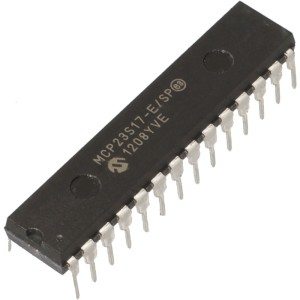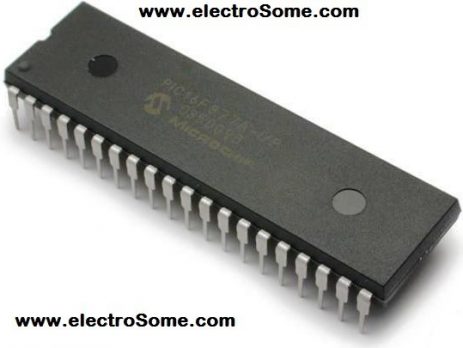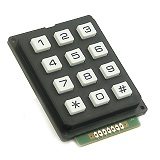Expanding IO Ports of PIC Microcontroller using MCP23S17
Usually a microcontroller comes with a limited number of IO ports called General Purpose Input Output (GPIO) ports. But some applications require more IO ports than that available on a microcontroller. In these cases we can use IO Port Expanders to increase the IO capability of a microcontroller. MCP23017 and MCP23S17 are two such 16 bit IO expander with Serial Interface manufactured by Microchip. MCP23017 uses high speed I2C interface while MCP23S17 used high speed SPI interface. MCP23S17 In this tutorial we...





